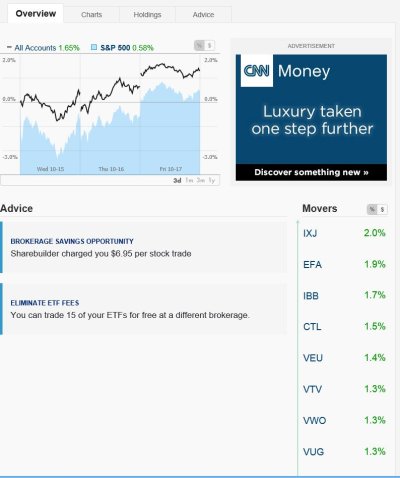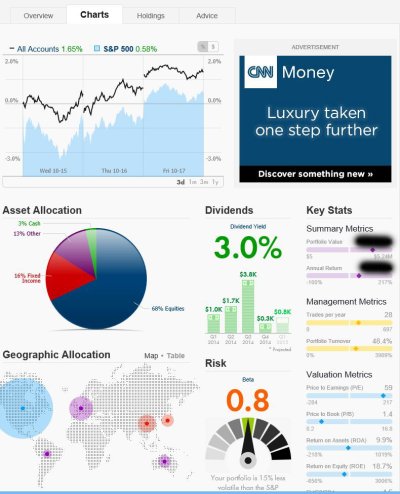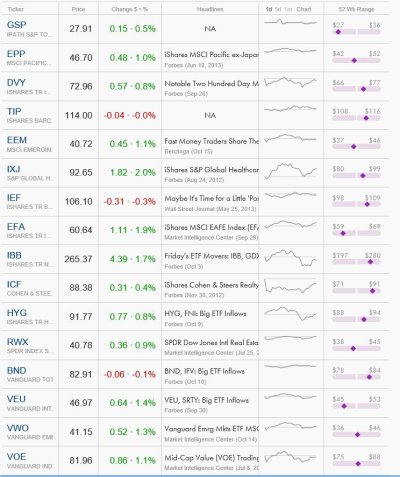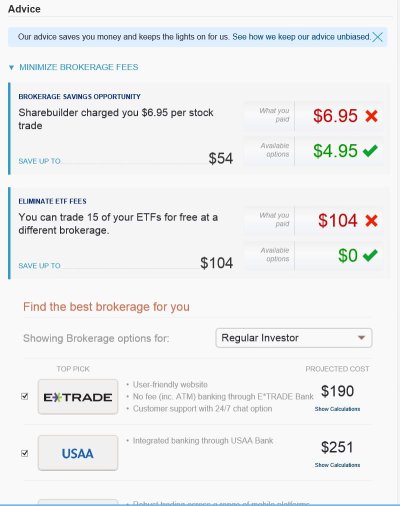fidler4
Recycles dryer sheets
- Joined
- Mar 31, 2013
- Messages
- 252
Can anyone recommend a web site or software that can bring together several retirement accounts to show what the total asset allocation is?
My wife and I have 3 separate retirement accounts each (Roth IRA, Traditional IRA & 457b). Each of the accounts is invested in various Vanguard Index Funds. All of the IRA's are Vanguard. What I currently do is put everything into Excel to determine what the overall AA is for the accounts. I list each account, the funds then whether its a Bond ,Dom Stock, or Intl Stock.
Is there a site someone could recommend where I can input the various funds and have it give me an asset allocation?
Thanks
Sent from my iPad using Early Retirement Forum
My wife and I have 3 separate retirement accounts each (Roth IRA, Traditional IRA & 457b). Each of the accounts is invested in various Vanguard Index Funds. All of the IRA's are Vanguard. What I currently do is put everything into Excel to determine what the overall AA is for the accounts. I list each account, the funds then whether its a Bond ,Dom Stock, or Intl Stock.
Is there a site someone could recommend where I can input the various funds and have it give me an asset allocation?
Thanks
Sent from my iPad using Early Retirement Forum




